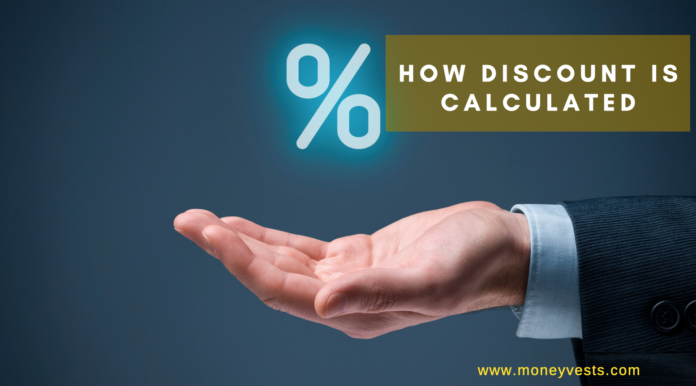How Discount is Calculated
Do you know how to calculate a discount? A discount is a way to reduce the cost of an item by a certain amount. There are many types of discounts, including fixed amounts and percent off.
This article will go over the two most common forms of discounts. Read on to learn how to calculate them.
This article also discusses what happens when you use a coupon. The next time you’re in the store, ask for a discount!
Discount formula
If you want to calculate a discount rate, you can use the formula below. To calculate the percentage of the discount, divide the amount of the discounted price by the list price.
For example, if an item is $100, but it is currently on sale for $80, and the customer has a $5 coupon, the customer will pay only $80.
With an 8.25% sales tax, the final price will be $80. Similarly, if the customer paid $100 with a $10 coupon, the total sales tax will be $6.19.
Once you know how to calculate a discount percentage, you need to know the original price of the item.
For this, you need to know the sale price, as well as the promotional price. Then, multiply the two numbers together to calculate the original price.
Once you have those numbers, you can use the Discount formula to figure the original price.
Using this formula, you will know how much your product was worth before the discount was applied. This formula is useful for determining the percentage of the discount applied to each item.
Discount factor
The discount factor is a financial calculation that shows the amount of money a company will receive in the future in terms of the present value of that dollar.
The calculation is based on a certain discount rate and an implied date of receipt.
Using an Excel formula, the present value of a cash flow is determined by multiplying the cash flow by a discount factor. The discount rate and the matching time period are the two main factors that drive the discount factor.
Discount factors are useful for valuing liabilities and investments. They are also useful for tax purposes, as they enable investors to see how much their investments are worth compared to the present value at any given point in time.
Several types of businesses use discount factors to assess the value of a future cash flow.
For example, insurance companies use the discount factor in pension calculations.
Similarly, short-term money-market instruments, such as commercial paper and T-bills, are valued according to the discount factor. In order to properly calculate the discount factor, the investor needs to know the duration of the investment.
Discount rate
In business, the discount rate is a calculation used to determine the present value of future cash flows. The rate can be expressed as the Weighted Average Cost of Capital (WACC) or a required rate of return.
In other words, it is the required rate of return for investors. But how is the discount rate calculated? What are the different methods used to calculate it? Let’s examine each method one by one.
Let’s begin by identifying the three main types of discount rates.
The discount factor is an annual rate that decreases over time. It can either be an annual rate or a shorter period, such as the accounting period.
The formula for calculating the discount factor involves dividing the present value by the interest rate plus one. In other words, a discount factor of 0.95% will produce a return of 95%. Using a discount factor means you can save money and get a higher return.
Discount amount
The amount of a discount is known as a discount rate. The formula used to calculate the discount rate is 10/80 x 100, which equals 12.5%.
The most common discounts offered to consumers are the buy one get one free and 20% off sales. A seller may offer different types of discounts based on the type of products and quantity of units purchased.
This information is essential to consumers who are in the market for a particular product.
Discounts come in different forms, including a percent or fixed percentage off the original price.
A twenty percent discount would mean that an item normally costing $100 would be discounted by 20%.
Typically, 20% discounts are applied to sales during promotional periods or seasonal sales. In the United States, the maximum discount for a given product is twenty percent, but a lower percentage is often offered for larger quantities.
Regardless of how it is calculated, it is essential for business owners to understand how the process of discounting works.
The last day to get a discount
The last day to get a discount is an effective marketing strategy that can be used to increase sales.
Retailers have been using deadlines to increase sales by including a deadline and adding bright colors.
By highlighting the expiration date with bright colors, customers can feel a sense of urgency to buy soon. Victoria’s Secret has used a deadline to sell more products, announcing that shipping is free with any $25 purchase. The deadline also featured a ticking clock to create tension.
Conclusion
We hope you enjoyed this article…How Discount is Calculated?
Please feel free to share with us in the comments section below.
We strive to provide the latest valuable information for our readers with accuracy and fairness. If you would like to add to this post or advertise with us, don’t hesitate to contact us. If you see something that doesn’t look right, contact us!





